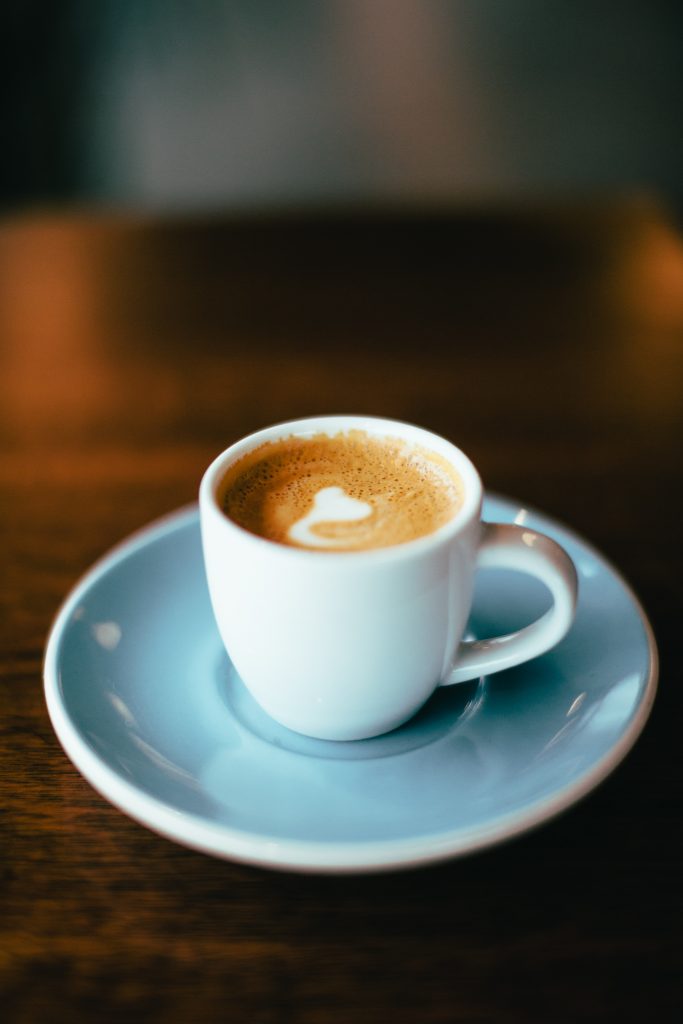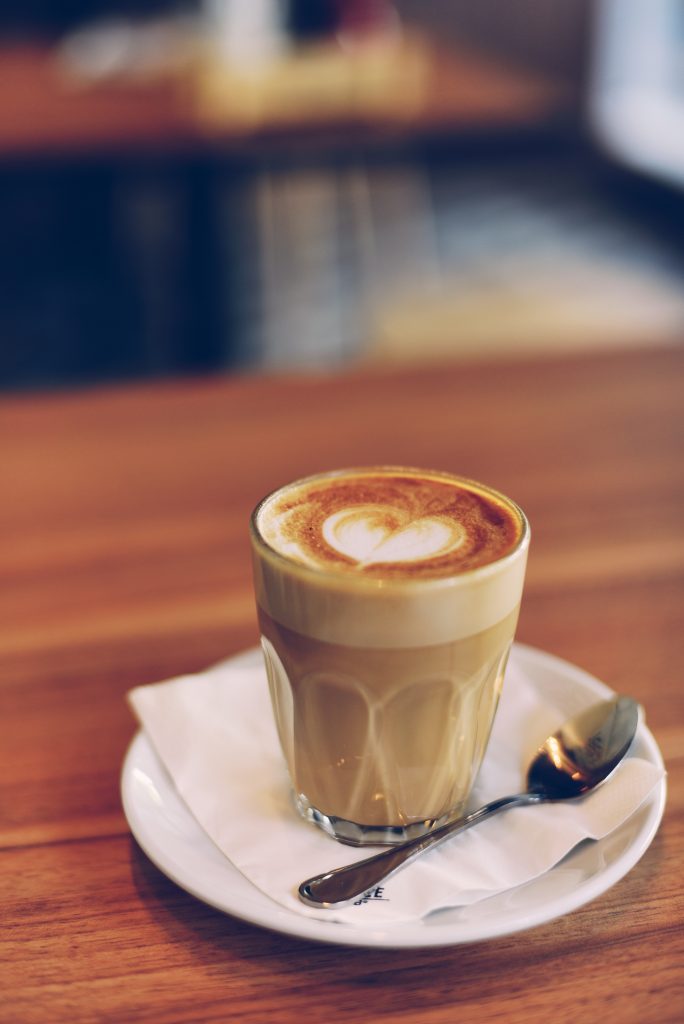As an Amazon Associate we earn from qualifying purchases.
Cuban coffee is the most delectable cup of enjoyment on the planet. Apart from Cuban coffee, it’s challenging to discover coffees with a deep history and distinct flavors these days.
Who knows, it might become your favorite coffee as well. That’s why I have brought the exotic recipe on how to make a Cuban Colada straight from its roots to deliver the tastiest coffee in your cups.
Quick Navigation
How to Make a Cuban Colada
Café Cubano is a world-famous beverage for its exotic bitter-sweet flavor. However, hardly a few variations of Cuban coffee are known to people worldwide.
One of which is Colada which I am going to discuss in this guide in detail. The other variations of Cuban coffee include Cortadito and Café Con Leche.
What Is Colada?
Colada is the ideal drink for folks who enjoy sharing. The way Colada is served is what sets it apart. A larger dish of Colada is included, and some little cups are known as “tacitas.”
If you’re going to a neighborhood coffee shop with a large group of pals and don’t want to order individual coffees, Colada could be the right solution.

Ingredients
- Cuban coffee (or another coffee ground for espresso)
- Water (make sure it is good quality)
- Granulated sugar
Things to Remember Before Making Your Cuban Colada
#1 Get Your Filter Clean
Make sure your filter is clean and neat before you put the coffee into it. Moisture and remaining grinds may (and most likely will) make your next espresso harsh and astringent.
#2 Dose Appropriately
It should be a breeze. The Moka pot allows you to dose your Cuban Colada for two servings by just pressing the coffee in the filter by hand. Check your quantity on a scale before spreading and tamping if you want to be an actual professional and nerdy Cuban coffee brewer.
You should be confident that your extraction will be accurate because your dose will not be too high or too low.
#3 Distribute the Grounds in the Filter
The Moka pot isn’t a hard-to-operate tool. However, if you want to enjoy the most delicate flavor of Cuban coffee, then leveling the coffee is an essential step.
If you don’t spread the grounds before tamping, you’ll get an uneven distribution of coffee, with some portions of the holes having more and others having less. Channeling could occur if the grounds are not appropriately distributed.
If you want to be very technical, you can use distribution tools. Espresso distribution tools are a fantastic method to improve the uniformity of your espressos.
#4 Tamping Is Necessary
So, let’s tamp in a more contemporary manner. The purpose of tamping is to remove any air pockets from the coffee puck and level it out entirely.
Tamp so long and “hard” that the puck feels crushed (in other words, it won’t go down any longer). Ensure the puck is horizontally leveled to avoid channeling and extraction over, under, or uneven.

#5 Flavor
When the unique beans, hot sugar, and espuma are combined, they produce a distinctively flavored and bitter coffee with delicate sweet overtones.
If you like strong coffee but also want some sweetness, Cuban coffee is for you. You will not be dissatisfied. The reason behind such exotic flavor is the coffee beans grown in Cuba.
#6 Espuma
Yes, there is a crema on top of Cuban coffee, but it isn’t what you expect. It’s known as espumita or espuma, and it’s what makes Cuban coffee so unique. It is prepared by combining little amounts of sugar and espresso and sits on top of the coffee.
Unlike espresso cremas, which tend to leave an acidic aftertaste, espuma leaves you with sweet and delicious flavor notes.
Steps on How to Make Cuban Colada
- Fill the Moka pot halfway with water.
- Pour coffee into the filter and gently press it down. To achieve a uniform extraction, make sure it’s level.
- Put the filter in the Moka pot’s chamber.
- Put the Moka on a medium heat setting on the stove. Leave the cover of the Moka pot open; I’ll come back to it later.
- Fill a measuring cup halfway with sugar. It is to taste, but around 1/2 tbsp to 1 tablespoon for 2 ounces in your Moka pot is a good rule of thumb. This amount will also be determined by how rich you want your Café Cubano to be.
- When the coffee in the Moka starts to brew, pour about a tablespoon of Cubano coffee into the measuring cup having sugar. It is because I don’t want too much espresso in this step. That’s why you need to add the ingredients mindfully and pour slowly.
- Pour the coffee back into the measuring cup with the paste once it’s finished.
- Pour into an espresso styrofoam cup and serve!

There are many variations of this recipe, all of which yield a plain espresso hint of sweetness. I think this one is an excellent picture of what a Cafe Cubano should be, with a bit of room for personalization.
It eliminates the need for milk or syrups, as well as providing a delicious flavor boost. Behind the historical significance of a Cafe Cubano comes a fantastic drink that appeals to many people.
Steps on How to Make ‘Espuma’ (Foam for Cuban Coffee)
- The making of Cuban coffee has always been about the raucous talk that follows.
- In a 3-cup stovetop espresso maker, brew coffee. (It’s better to use a Moka pot.)
- In a big cup put four teaspoons of sugar. (Add a pinch of salt if desired)
- When the initial pull of espresso is complete, pour a couple of teaspoons of it into the sugar. Allow time for the espresso to finish brewing.
- Make a thick caramel-colored foam called ‘espuma’ with the initial draw of espresso and sugar.
- When the espresso is ready, carefully whisk it into the ‘espuma.’
- Have fun and chat a lot.
Conclusion
You can’t comprehend Cuban culture without first learning about their coffee. Cuban coffee is an integral part of the country’s culture. You may find Cuban coffee throughout the music and film business, literature, and even politics.
Simply put, Cuban coffee is one of the most effective methods to learn about the country and its people.
Cafecito, as previously said, has a long and illustrious history dating back to the 18th century. When Jose Gelabart and a group of farmers were fleeing the Haiti Revolution, they brought the coffee.
When the French taught the farmers the latest cultivation, growing, and planting techniques, Cuban coffee culture peaked. Those were the golden days of Cuban coffee, and Cuba was one of the world’s top coffee exporters, with over 25,000 tons exported annually.
